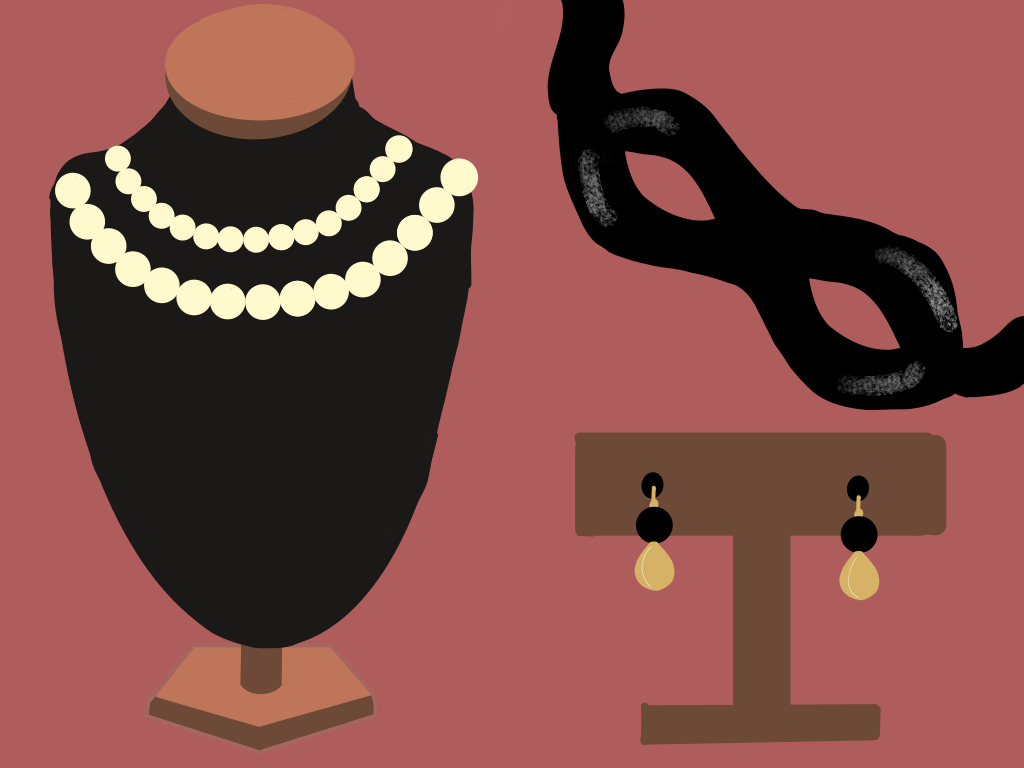
News
Summers Will Not Finish Semester of Teaching as Harvard Investigates Epstein Ties

News
Harvard College Students Report Favoring Divestment from Israel in HUA Survey

News
‘He Should Resign’: Harvard Undergrads Take Hard Line Against Summers Over Epstein Scandal

News
Harvard To Launch New Investigation Into Epstein’s Ties to Summers, Other University Affiliates

News
Harvard Students To Vote on Divestment From Israel in Inaugural HUA Election Survey
What the Hell Happened: How TikTok Turned a Museum Robbery Into a Halloween Costume

If you’ve been on any form of social media over the past few days, chances are you’ve come across some form of content related to the heist at the Louvre. Though some reactions feel appropriate to the loss of symbols of French political history and $100 million worth of jewels, other content — mainly generated by young people on TikTok — suggests that younger generations see the ordeal as less of a tragedy and more as an opportunity for their next viral video.
On Oct. 19, thieves posing as construction workers used a mechanical ladder to gain access to the Louvre’s Apollo Gallery, which is home to the French Crown Jewels. Equipped with power tools, they ultimately made off with eight pieces with a total value estimated at just over $100 million. Though authorities arrested five suspects as of Oct. 30, the jewels remain missing.
These items not only hold significant monetary value due to their gemstones and precious metals, they also symbolize over 200 years of French history and monarchical power.
Accordingly, French political leaders have taken to X in the past few days, with Marine Le Pen condemning the burglary as “a wound to the French soul” and Marion Marechal stating that the security shortcomings which allowed it to happen rendered France “the laughingstock of the world.”
Art experts and detectives also expressed concern that the pieces will be melted down to separate the jewels and sell them on the black market. Although authorities have recovered one item in damaged condition after it was dropped during the escape, art detectives are saying the other pieces might already be sold or broken down.
This grief, however, seems miles away from social media platforms like TikTok, where the robbery has inspired no shortage of videos making light of the situation. One TikTok user, Kikile Armani, posted videos with millions of views where he poses with jewelry alongside the captions “Louvre you looking for this?” and “So how do I sell this now?”
Other videos, captioned variations of “Louvre haul,” riff on an internet trend in which users show off items purchased in a shopping spree or from a particular store. In these videos, users pose wearing plastic jewelry, often with a background audio saying “I’m a quick shopper” in reference to the shockingly scant amount of time it took for the thieves to complete the heist — seven minutes, to be exact.
Some TikToks are even more unexpected, ranging from compilations of aesthetic pictures romanticizing the event to heist-inspired vocal warmups to Halloween costumes complete with construction vests and plastic crowns. The romanticization of the robbery feels a bit tone-deaf in particular, making the event into an aesthetic that turns the thieves into compelling anti-heroes.
These TikTokers express a flippant attitude towards the loss this heist represents, disregarding the cultural injury in favor of movie-worthy drama and intrigue. This trend points to a general lack of concern among younger generations with the significance of art and cultural symbols. To these content creators, the robbery and potential destruction of 200 years of history is not nearly as interesting as the jokes, memes, and viral videos that spring out of it.
As more details about the crime emerge, some of the mystique and intrigue may soon fade. Clearly, however, the impending appearance of construction-vest clad revelers on Halloween proves this trend is still going strong, for now.
Want to keep up with breaking news? Subscribe to our email newsletter.
